Sencha, a common Japanese green tea, is kind of like the regular version of Japanese green tea.
But there’s more to it than meets the eye.
The quality can range from really good to not-so-great.
Now, when it comes to the good stuff in Sencha, it depends on how fancy the tea is.
If you’ve got a high-grade one, it’s all about that umami taste thing called Theanine.
You’ll find less of the bitter stuff called catechin in these teas.
To get the best flavor from your high-grade Sencha, remember to brew it a bit cooler than usual.
This brings out that yummy umami taste.
Sure, making Sencha with Japanese tea tools is an exceptional experience, but if you don’t have them, don’t sweat it.
Look around your kitchen for alternatives.
Want the best Sencha green tea recipe to boost your health and enjoy its fresh taste? I got your back!
What is Sencha 煎茶,?
Sencha is a kind of Japanese green tea that comes from the top leaves of the tea plant called Camellia sinensis.
It has a gentle grassy taste that might seem a bit sweet.
This tea has some caffeine in it, the stuff that gives you energy, and how much caffeine it has depends on how long you let it brew.
It’s sort of like coffee, but not as strong.
In one cup, sencha can have around 75 milligrams of caffeine, while coffee has about 80 milligrams.
People like to have sencha during the summer because it’s not as heavy as other Japanese green teas like matcha.
You can make it by putting the leaves in hot water and then either drinking it warm or letting it cool down to have it as cold tea.
There are a few types of sencha tea, like fukamushi, asamushi, and chumushi, each with their own way of making them.
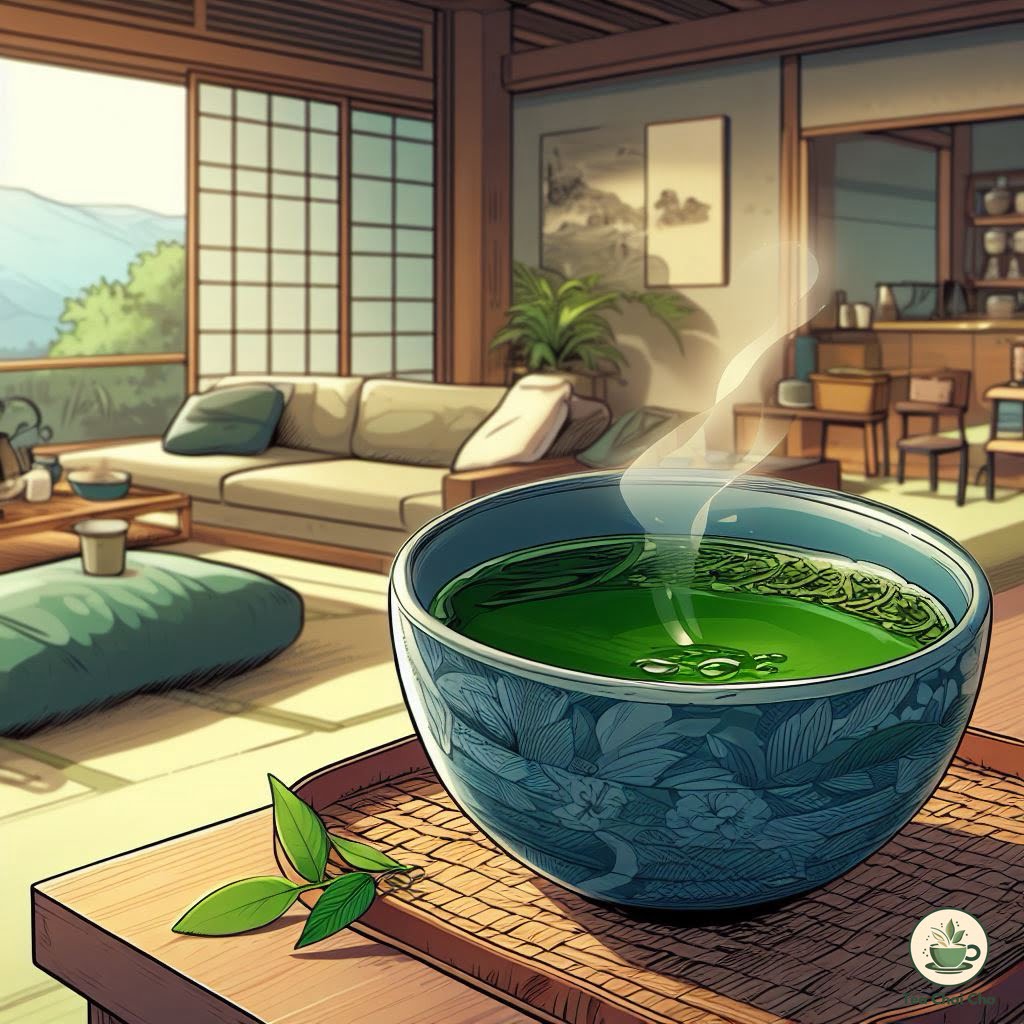
What You Need to Make Sencha Green Tea
To make a soothing cup of Sencha tea, here’s what you’ll need:
Sencha Tea Leaves
Start with high-quality Sencha tea leaves.
You can find these at local tea shops or online.
Choose leaves that are bright green and aromatic for the best flavor.
Water
Fresh and clean water is essential.
Use filtered water or spring water for the best taste. Avoid using water that has a strong taste or odor.
Teapot or Teacup
You’ll need something to brew your tea in.
A teapot with an infuser is great for making larger batches, while a teacup with an infuser can be used for single servings.
Tea Kettle or Pot
To heat your water, you’ll need a tea kettle or a pot.
If you’re using a microwave, make sure to use a microwave-safe container.
Thermometer (Optional)
If you want to be precise about water temperature, a kitchen thermometer can help.
Sencha tea is best brewed at around 160°F to 175°F (70°C to 80°C).
Timer
A simple kitchen timer or your smartphone’s timer will do. Brewing time for Sencha tea is usually between 1 to 2 minutes.
Tea Tray or Plate (Optional)
To catch any drips or spills while you’re brewing and pouring your tea.
This is the basic way. But what if you want to capture the traditional essence?
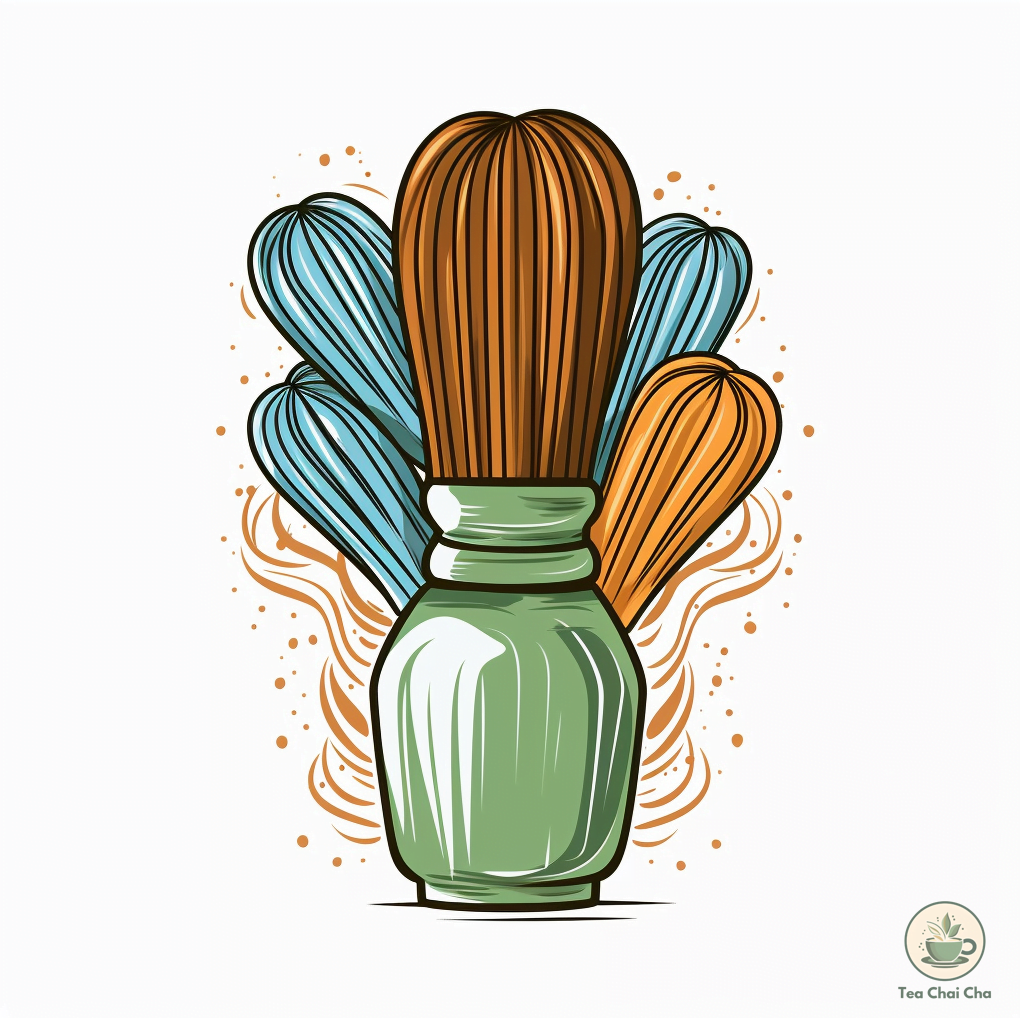
Here’s What You Need to Make Sencha The Japanese Way
To make Sencha tea the Japanese way, you’ll need a few specific tools (besides water and Sencha tea leaves) to capture the traditional experience:
Kyusu (Teapot)
This is a traditional Japanese teapot specifically designed for brewing green tea.
It often has a side handle and a built-in strainer.
Chazutsu (Tea Caddy)
A container to store your Sencha tea leaves, keeping them fresh and protected from light and air.
Chasaji (Tea Scoop)
This small utensil is used to measure and transfer tea leaves from the tea caddy to the teapot.
Chawan (Tea Bowl)
A wide, shallow bowl in which you’ll enjoy the brewed tea. It’s often used in the Japanese tea ceremony.
Chasen (Tea Whisk)
While usually associated with matcha tea, a bamboo whisk can be used to gently stir the tea in the teapot if desired.
Chakin (Tea Cloth)
A small cloth used to wipe the rim of the teapot and keep things tidy.
Yunomi (Tea Cups)
Traditional Japanese tea cups for sipping the freshly brewed Sencha tea.
Furo (Portable Stove, Optional)
In the traditional Japanese tea ceremony, a portable stove is used to heat the water.
You can use a regular kettle or stovetop, but a furo adds an authentic touch.
Kettle or Pot
To heat water to the proper temperature.
Timer
To ensure accurate steeping time.
Learn more about Tea Accessories and Their Uses.

How to Make Sencha Tea: Step-by-Step Process
Making Sencha green tea can be done in two ways: the easy way and the traditional Japanese way.
I’ll explain both methods so you can choose the one that suits you best.
Step 1: Gather Your Supplies
Before you start making Sencha tea, gather all the things you’ll need.
For the easy way, you’ll require Sencha tea leaves, clean water, a teapot or teacup, a kettle or pot, a timer, and optionally, a thermometer.
For the traditional Japanese way, you’ll need the same tea leaves but also the tools I mentioned above.
Step 2: Boil Water
In both methods, you’ll need to boil water. Use fresh, clean water.
For the easy way, heat it to around 160°F to 175°F (70°C to 80°C).
For the traditional Japanese way, you can use a kettle or a furo to heat the water.
Step 3: Warm Up Your Teapot or Teacup
Pour a small amount of hot water into your teapot or teacup and then pour it out.
This warms the vessel and maintains the tea’s temperature.
Step 4: Measure Your Sencha Tea Leaves
For both methods, measure about 1 teaspoon of Sencha tea leaves for every 8 ounces of water.
You’ll use a traditional Chasaji in the Japanese method.
Step 5: First Infusion
In the easy way, simply pour the hot water over the tea leaves in your teapot or teacup and steep for about 1 to 2 minutes.
In the traditional Japanese way, use your Kyusu and pour the water over the leaves, then let it steep for the same time.
Step 6: Pour and Enjoy
Carefully pour your brewed Sencha tea into your teacup.
Take a moment to appreciate the aroma before sipping.
You can enjoy it plain or add honey or lemon if desired.
Hold the teacup with both hands in the traditional Japanese way.
Step 7: Re-Steep (Optional)
Sencha tea leaves can often be steeped multiple times.
Add more hot water and adjust the steeping time slightly for each subsequent brew.
This is common in the Japanese way, allowing you to enjoy several rounds of tea.
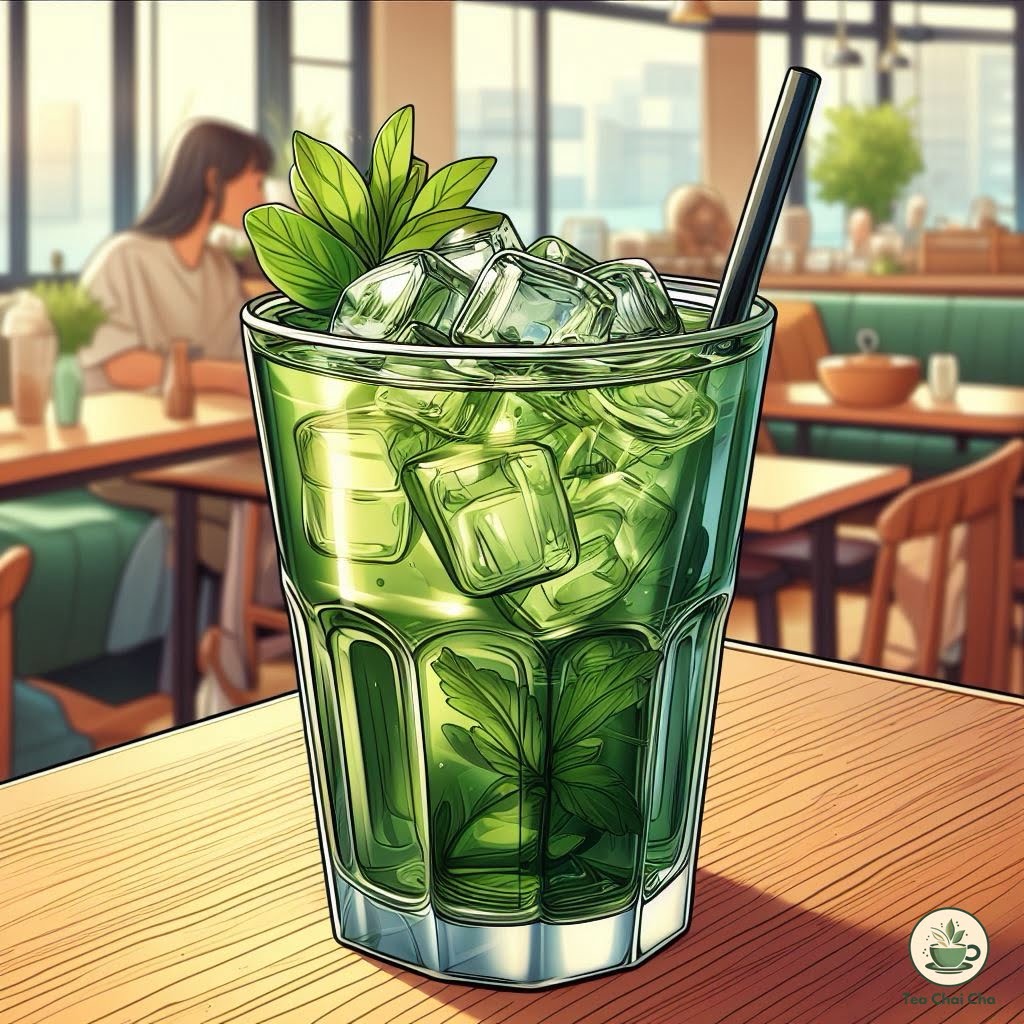
Brewing Guide for Different Types of Sencha
| Sencha Type | Water Amount | Tea Amount | Steeping Time | Temperature |
| Regular Sencha | 1 cup (240ml) | 1 tsp (~2g) | 1-2 minutes | 160-175°F |
| Gyokuro Sencha | 1 cup (240ml) | 1.5 tsp (~3g) | 1-2 minutes | 122-140°F |
| Fukamushi Sencha | 12 oz (350ml) | 5g (2 tsp) | 30-60 seconds | 175°F or below |
| Shincha (New Harvest) | 1 cup (240ml) | 1 tsp (~2g) | 1-2 minutes | 140-160°F |
| Homare Sencha | 6 oz (180ml) | 4g (2 tsp) | 90 seconds | 140°F |
| Sencha Chumushi | 12 oz (350ml) | 5g (2 tsp) | 30-90 seconds | 175°F or below |
| Sencha Asamushi | 12 oz (350ml) | 5g (2 tsp) | 1-2 minutes | 175°F or below |
Sencha Tea Hot or Cold?
Not sure which one to try?
I’d be happy to help you decide whether to enjoy Sencha tea hot or cold.
Hot Sencha Tea
If you’re looking for a soothing and comforting experience, hot Sencha tea might be the way to go.
The warmth of the tea can be incredibly comforting, especially on chilly days or when you need a moment of relaxation.
Hot Sencha tea retains its full flavor and aromatic qualities, allowing you to savor its grassy, slightly sweet taste.
Cold Sencha Tea
On the other hand, if you’re seeking refreshment and a cool beverage, cold Sencha tea is a great choice.
When chilled, Sencha tea becomes a wonderfully revitalizing option for warm weather or whenever you need a cooling drink.
Cold brewing or icing the tea can bring out a slightly different flavor profile, often highlighting its crisp and slightly fruity notes.
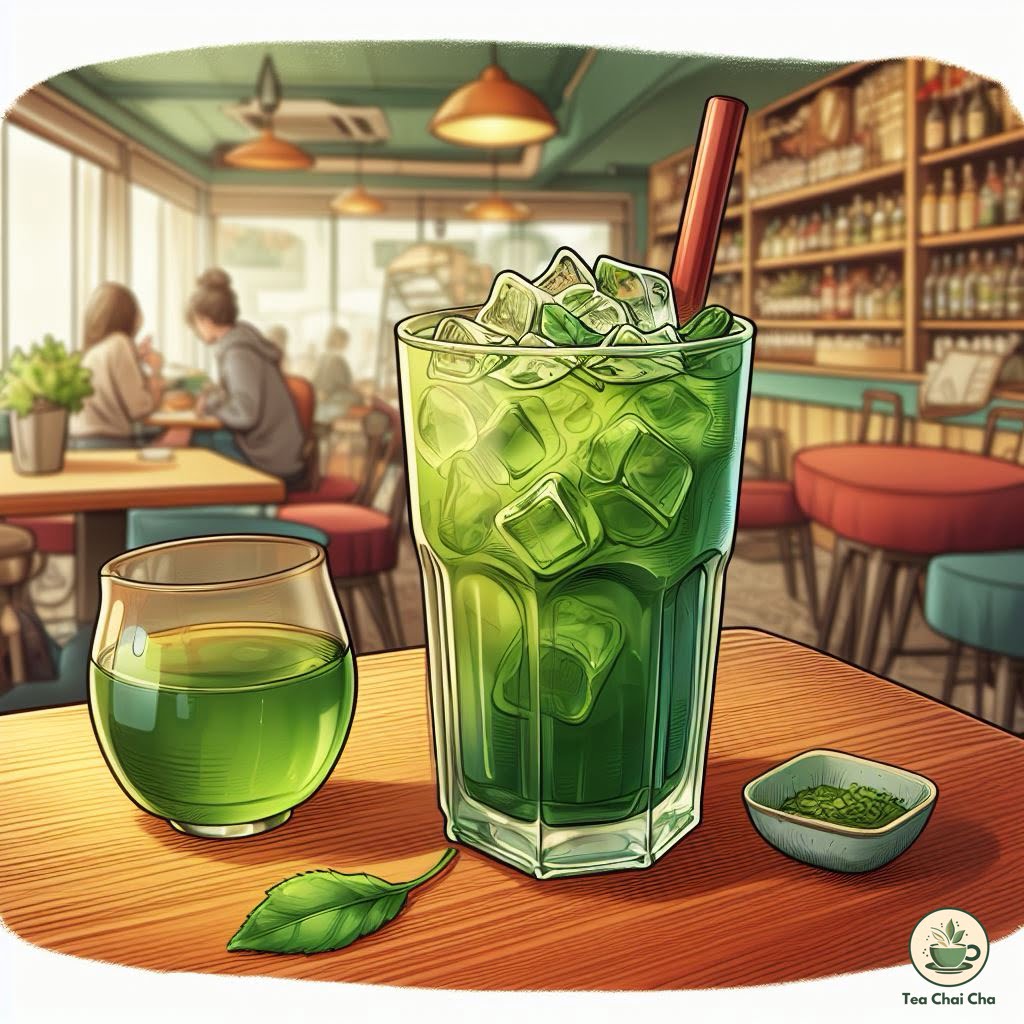
Brewing Guide for Hot and Cold Sencha Tea
Here’s a simple table comparing the steeping time and temperature for both iced and hot Sencha tea:
| Method | Steeping Temperature | Steeping Time |
| Iced Sencha | Cold Water (refrigerated) | 2-4 hours or overnight |
| Hot Sencha | 160-175°F (71-80°C) | 1-2 minutes |
How to Make Sencha Iced Tea
make Sencha Iced Tea using both the iced method and the cold brew method. Here are your options:
Iced Sencha Tea
Ingredients
- 1 tablespoon of Sencha green tea leaves
- 1 cup of hot water
- Sweetener (optional)
- Ice cubes
Instructions
- Boil a cup of water and then let it cool for a minute.
- Place 1 tablespoon of Sencha green tea leaves in a tea strainer or infuser.
- Pour the hot water over the tea leaves and let them steep for 2-3 minutes.
- If you want to add sweetener, do it while the tea is still warm and stir until it dissolves.
- Fill a glass with ice cubes.
- Remove the tea strainer or infuser from the cup and pour the steeped tea over the ice.
- Stir gently and enjoy your refreshing Sencha Iced Tea!
Cold Brew Sencha Tea
Ingredients
- 1 tablespoon of Sencha green tea leaves
- 1 cup of cold water
- Sweetener (optional)
- Ice cubes
Instructions
- Combine 1 tablespoon of Sencha green tea leaves and 1 cup of cold water in a pitcher or jar.
- If you want to add sweetener, you can do it now and stir until it dissolves.
- Put the pitcher or jar in the fridge and let the tea steep for at least 2-4 hours or overnight for a stronger flavor.
- Once the steeping time is up, strain out the tea leaves using a fine mesh strainer or remove the infuser if you used one.
- Fill a glass with ice cubes.
- Pour the cold-brewed Sencha tea over the ice and give it a gentle stir.
- Sip and enjoy your smooth and refreshing Sencha Cold Brew!
There you go!
Whether you choose the quick iced method or the slow cold brew method, you’ll have a delightful glass of Sencha Iced Tea to beat the heat.
Here’s a video on brewing and enjoying Sencha and its taste comparison.
But Do These Methods Alter the Taste of Sencha Green Tea?
Here’s a comparison of the taste differences between cold brew Sencha tea and iced Sencha tea made from hot brewing and cooling to help you decide:
| Aspect | Cold Brew Sencha Tea | Iced Sencha Tea (Hot Brewed and Cooled) |
| Flavor Profile | Smooth, mellow, subtly sweet | Stronger, brisk, slightly more robust |
| Astringency | Low | Moderate |
| Bitterness | Minimal | Noticeable |
| Sweetness | Natural sweetness | Less pronounced |
| Grassiness/Vegetal Notes | Subtle | More pronounced |
| Concentration of Flavor | Delicate | More concentrated |
| Refreshing Quality | Very refreshing | Refreshing, with a traditional touch |
10 Factors That Affect the Flavor of Sencha Tea
There are a few factors that have a say in the flavor profile of Sencha tea.
- Leaf Quality
The quality of the tea leaves is crucial.
Younger, tender leaves usually produce a sweeter and more delicate flavor, while older leaves might result in a bitter taste.
- Steeping Time
How long you steep the tea leaves in hot water matters.
Steeping for too long can make the tea bitter, while steeping for too short a time might lead to a weaker flavor.
- Water Temperature
The temperature of the water you use affects the flavor.
Cooler water, around 160-175°F (70-80°C), brings out the natural sweetness and freshness of Sencha.
Hotter water can make it bitter.
- Steeping Method
Whether you’re using a traditional teapot or a teapot with a built-in strainer, the method you choose can influence the flavor.
A teapot with a strainer might allow for more controlled steeping.
- Tea-to-Water Ratio
The amount of tea leaves you use compared to the amount of water matters.
Using too many leaves can make it bitter, while using too few might result in a weak taste.
- Leaf Rolling
Sencha leaves are often rolled into thin needle-like shapes.
The rolling process can impact the flavor, as it can affect how the leaves infuse with water during steeping.
- Harvest Time
Tea harvested in different seasons can have distinct flavors.
Spring harvests are typically more vibrant and tender, while summer harvests might be slightly stronger in taste.
- Storage
Proper storage is important to maintain the tea’s freshness and flavor.
Store Sencha in an airtight container away from light, heat, and strong odors.
- Origin
The region where the tea is grown can influence its flavor profile.
Japanese Sencha, for example, often has a grassy and vegetal taste due to its growing conditions.
- Additives
Some Sencha teas are flavored with herbs, flowers, or fruits.
These additives can enhance or change the flavor, giving you a wider range of choices.
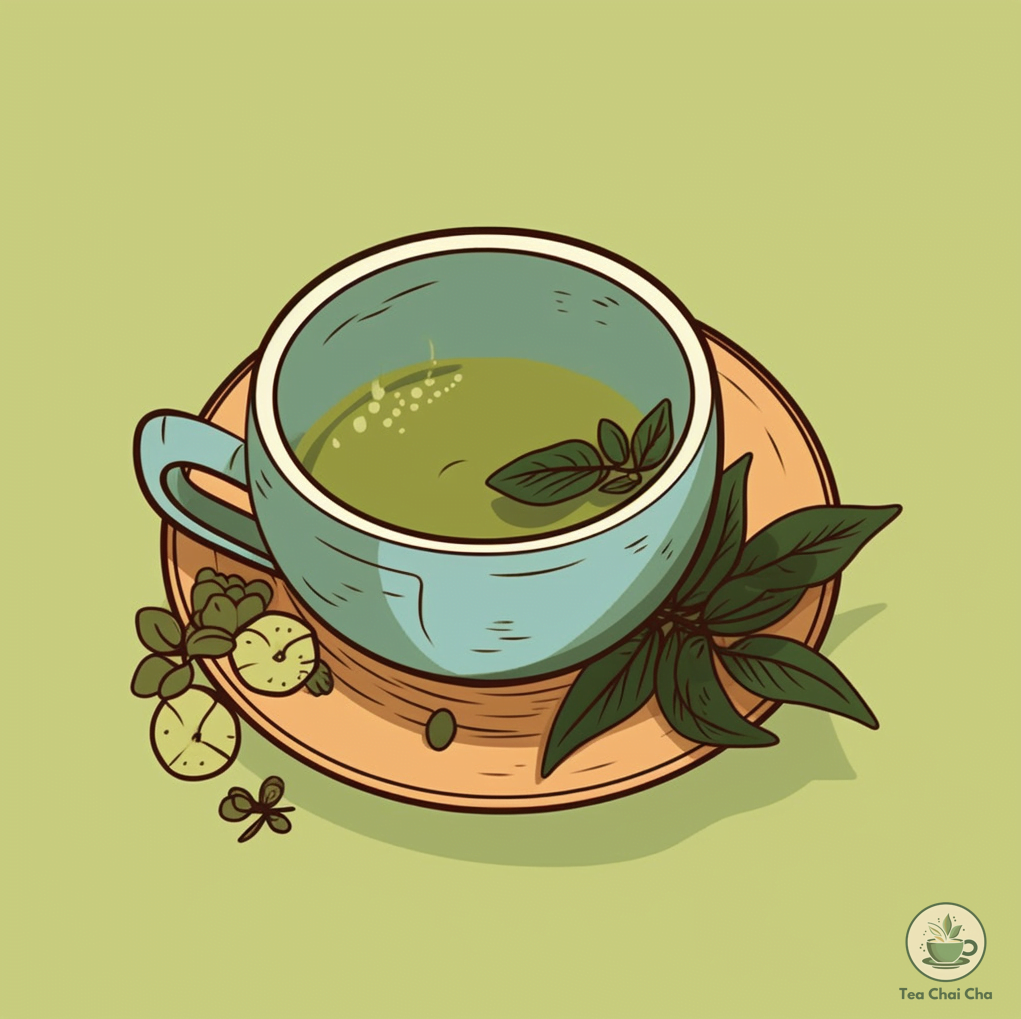
How to Make Sencha Tea Taste Good
Simple additions can enhance the flavor of your tea quickly.
There are a few great options for drinks you can make using Sencha tea:
Sencha Lemonade
Combine the goodness of Sencha tea with the zing of lemonade.
Brew your Sencha tea and let it cool.
Mix it with homemade or store-bought lemonade for a refreshing and slightly tangy twist.
Sencha Green Tea Latte
If you enjoy creamy drinks, make a Sencha green tea latte.
Brew your Sencha tea a bit stronger, then froth some milk and mix it with the tea.
You can add a touch of vanilla or honey for sweetness.
Sencha Fruit Infusion
Jazz up your Sencha tea by adding slices of your favorite fruits like oranges, strawberries, or peaches.
Let the tea and fruits infuse together in the fridge for a few hours, creating a naturally flavored and refreshing drink.
Sencha Herbal Blend
Experiment by blending your Sencha tea with other herbal teas like mint or chamomile.
This can create a unique flavor profile that’s both soothing and flavorful.
Sencha Mocktail
Get creative and turn Sencha tea into a mocktail.
Mix it with sparkling water and a splash of fruit juice, then garnish with a slice of fruit.
It’s a great non-alcoholic option for parties or special occasions.
Sencha Tea Smoothie
For a healthy boost, blend brewed Sencha tea with fruits like banana, pineapple, and spinach.
This creates a vibrant and nutritious green smoothie.
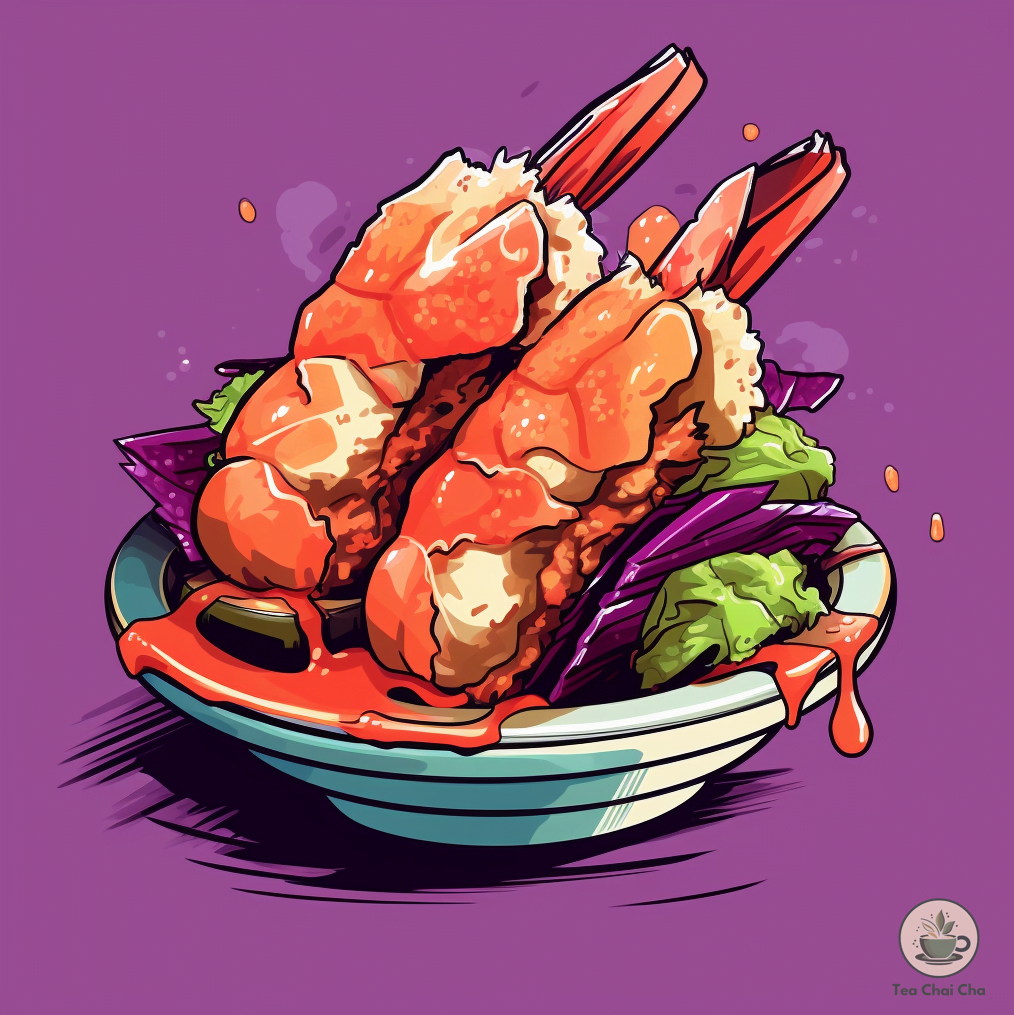
Sencha Tea Food Pairing – Japanese Style
When it comes to enjoying Sencha tea, the Japanese have some great food pairing choices that you might find interesting.
Sencha tea has a refreshing, grassy flavor that can go well with certain types of dishes.
Here are a few options for you to consider:
Rice Balls (Onigiri)
Japanese rice balls, known as onigiri, are a popular snack that pairs well with Sencha tea.
The mild flavors of the rice and the various fillings inside the onigiri, such as pickled plum (umeboshi) or grilled salmon, complement the subtle taste of Sencha tea.
The tea’s light bitterness can balance the flavors nicely.
Sushi
Sencha tea can be a delightful companion to sushi.
The clean and crisp taste of the tea works harmoniously with the flavors of fresh fish, rice, and seaweed.
It helps cleanse your palate between bites and enhances the overall dining experience.
Tempura
If you’re looking for a warm pairing, consider enjoying Sencha tea with tempura.
The tea’s slightly astringent notes can cut through the richness of the tempura batter, while its refreshing taste complements the variety of tempura-fried vegetables and seafood.
Soba Noodles
Sencha tea can be a great match with cold or hot soba noodles.
The earthy and nutty flavors of the soba noodles harmonize well with the grassy undertones of the tea.
The combination provides a balanced and satisfying meal.
Light Soups
Japanese clear soups, like miso soup or clear broth soups with tofu and vegetables, can be enhanced with a cup of Sencha tea.
The tea’s gentle bitterness and fresh taste can contrast nicely with the warmth of the soup, creating a well-rounded dining experience.
Steamed Vegetables
Sencha tea’s vibrant flavors can complement the natural sweetness of steamed vegetables like broccoli, snap peas, or carrots.
The tea’s mild astringency can help cleanse your palate between bites, making the meal more enjoyable.

When to Drink Sencha Tea
Sencha tea is a popular type of green tea from Japan, and the timing of when to drink it can enhance your experience.
Let’s explore when the Japanese typically enjoy Sencha tea.
Morning Wake-Up
Just like you might have your morning coffee, the Japanese often start their day with a cup of Sencha tea.
Its refreshing and gentle flavor can give you a nice energy boost to begin your day.
After Meals
In Japan, it’s common to drink Sencha after meals. It can help with digestion and cleanse your palate, making you feel refreshed after eating.
Social Gatherings
When you have friends or family over, offering Sencha tea is a thoughtful gesture.
It’s a great way to bond and chat while enjoying a warm cup of tea together.
Afternoon Break
Similar to the English tradition of afternoon tea, the Japanese also take an afternoon break with Sencha.
It provides a soothing pause in the middle of your day.
Relaxation Time
When you’re winding down in the evening, Sencha can be a good choice.
Its moderate caffeine content won’t keep you up all night, but it’s still a cozy way to relax.
Anytime You Crave
Ultimately, there’s no strict rule about when to drink Sencha. If you feel like having a cup, go for it!
It’s a versatile tea that can be enjoyed whenever you want a flavorful and slightly grassy sip.
Related to Tea Making
- How to Make Tea + 10 Expert Serving Tips
- How to Make Green Tea Recipe + 14 Green Tea Drinks
- How to Make Matcha Tea (抹茶) – Macha Green Tea Recipe

Sencha Tea Recipe
Recipe by Tania FaysalCourse: DrinksCuisine: Japanese2
servings5
minutes2
minutes5
kcal7
minutesAn authentic Japanese experience with this invigorating Sencha Tea Recipe, enough to delight 2 tea connoisseurs.
Ingredients
2 teaspoons of Sencha tea leaves
2 cups of fresh, filtered water
Boiling equipment (a kettle or teapot)
2 Japanese tea cups (or any small, handle-less cups)
Directions
- Boil the water: Heat the water in a kettle until it reaches a temperature of 160-170°F. If you don't have a thermometer, bring the water to a boil and then let it cool for about 2-3 minutes.
- Add Sencha leaves: Place the Sencha tea leaves into a teapot.
- Steep the tea: Pour the hot water over the tea leaves and let it steep for 1-2 minutes.
- Strain and serve: Strain the tea into cups. If desired, sweeten with honey or sugar to taste.
- Savor the flavor: Enjoy your Sencha tea while hot and experience the authentic taste of Japan!
Recipe Video
Frequently Asked Questions (FAQs)
What does Sencha tea taste like?
Sencha tea has a refreshing and mild flavor. It’s often described as having a grassy, vegetal taste with a hint of sweetness.
Some variations might have a slightly astringent or nutty note, but overall, Sencha offers a pleasant and well-balanced flavor profile.
Does Sencha tea have caffeine?
Yes, Sencha tea contains caffeine, but the amount can vary. Generally, it has lower caffeine content (75 mg) compared to black tea or coffee, making it a good choice for a moderate energy boost without causing jitters.
Is Sencha a real tea?
How many calories in Sencha tea?
Sencha tea is very low in calories. A standard cup of Sencha tea contains only about 2 to 5 calories, as long as you don’t add sweeteners or other additives.
How is Sencha tea made?
Sencha tea is made through a specific process. The tea leaves are grown, harvested, and then steamed to prevent oxidation.
After steaming, the leaves are rolled, shaped, and dried. This process helps retain the vibrant green color and fresh flavor of the tea.
How long do you brew Sencha green tea?
The brewing time for Sencha tea is usually short to prevent bitterness. I recommend to steep Sencha tea for about 1 to 2 minutes in water that’s around 160°F to 175°F (70°C to 80°C).

